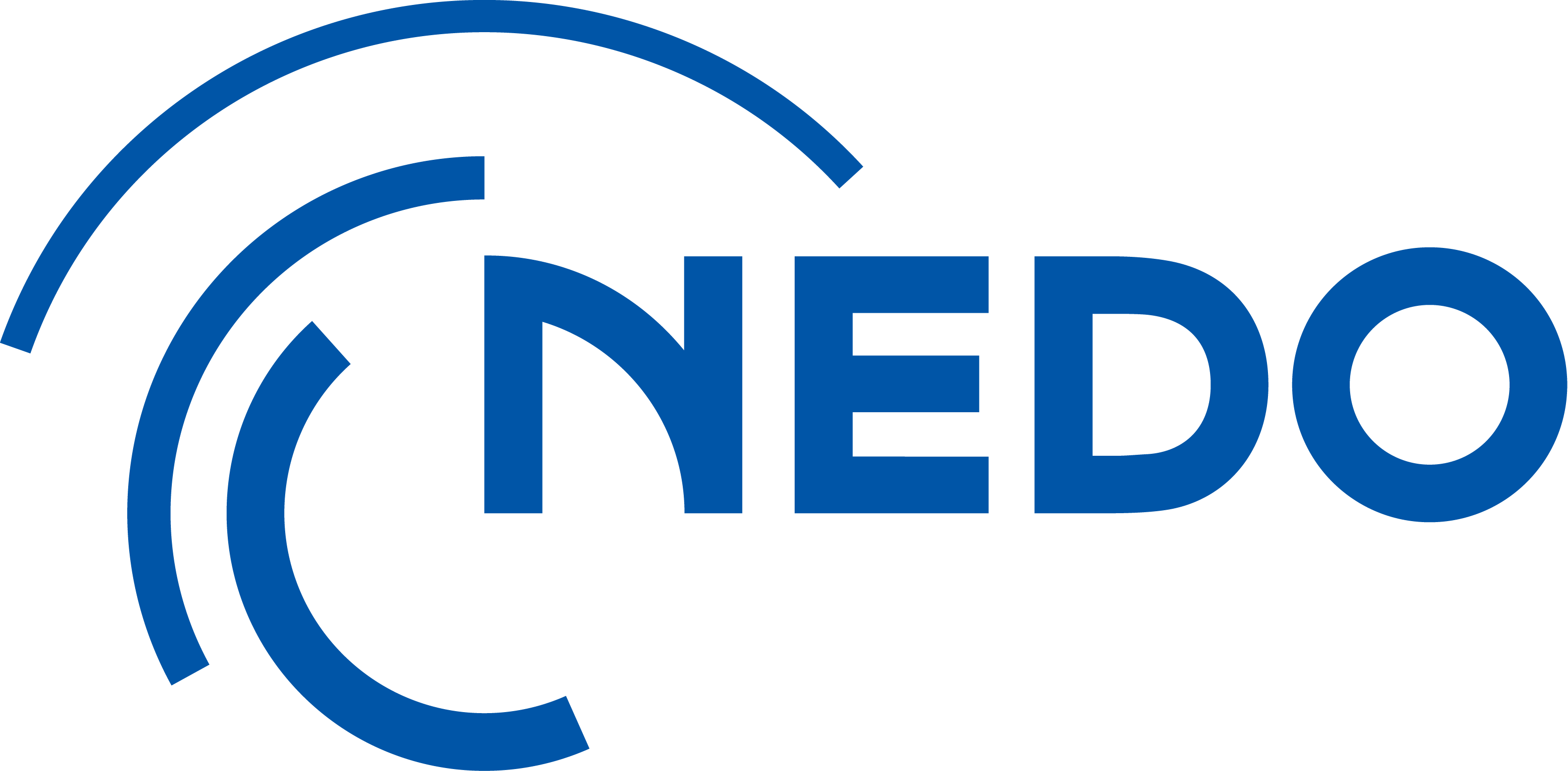One of the ways we learn from what was done previously, is by having conversations and sharing experiences and challenges and what works. During our DRONE ENABLE 2022 event that is taking place next week, we are bringing together key stakeholders to focus on the complex issues presented by unmanned aircraft system traffic management (UTM) which need to be addressed collectively in order to integrate UAS into the global aviation system. DRONE ENABLE 2022 is being sponsored by NEDO.
 Earlier this year we put out a Request for Information where we focused on the evolution of unmanned aviation with respect to safely integrated in the global airspace structure. The primary requirement remains the ability to facilitate such integration without negatively impacting the safety or efficiency of manned aviation operations or the safety of persons and property on the ground, taking into account security, environmental impacts and equitable access for all airspace users.
Earlier this year we put out a Request for Information where we focused on the evolution of unmanned aviation with respect to safely integrated in the global airspace structure. The primary requirement remains the ability to facilitate such integration without negatively impacting the safety or efficiency of manned aviation operations or the safety of persons and property on the ground, taking into account security, environmental impacts and equitable access for all airspace users.
To enable States, regulators and industry to continue to advance the development of UTM systems, we needed to showcase the below issues. In this RGI we asked that submissions propose practical solutions, successful research and development activities and/or best practices – existing or proposed. The types of questions that should have been considered in each submission are provided below with the associated problem statement. We evaluated submissions based on how well they addressed one or another problem statement.
1) Experiences and Best Practices from the Deployment/Implementation of UTM Systems or Services: As UTM systems and services continue to mature and act as an enabler for unmanned aircraft operations, including beyond visual line-of-sight (BVLOS) activities, it is important to direct attention towards successful UTM deployments and implementations in order to determine what worked, what could be improved, and to consolidate the experiences gained, lessons learned and best practices developed.
- Based on the type of deployments (local, regional, national, centralized, federated, controlled/uncontrolled airspace, etc.) and actual implementation experience: detail the
coordination conducted, the key stakeholders/authorities involved and the specific roles and responsibilities of each. - How are deployments being rolled out and are there any dependencies that impact the progress of the rollout? What maturity level has the deployment/implementation attained?
- Which services are currently being provided (or expected in the near term), and which are longer-term aspirations? What criteria influenced the choice of UTM systems/services being provided?
- With regards to deployments and implementations, what worked, what didn’t work and what lessons were learned?
2) Data Requirements: In order for UTM to support safe multiple UAS operations within and beyond visual line-of-sight, data related to weather, 3D structures, other aircraft, etc. must be made available. Describe the type of data needed to support safe operations, how that data is collected, maintained current, and shared with operators, and whether standards for certain types of data are needed in terms of data quality (e.g. integrity, reliability, continuity and availability), security and resilience.
- What data is already being used to support safe UAS operations?
- UAS operation at low altitude will require new types or quality of data (e.g. weather or obstacle data). Describe what type of data would be needed to safely operate, with what precision and
accuracy, and what would be the relationship to existing aeronautical data requirements? Who should provide the data so that it can be trusted? - What data should be regulated/standardized and why? How is data quality, reliance and security maintained? What role do different stakeholders have in evaluating, validating and accepting data sources?
- Provide best practices related to data sources, collection, dissemination and usage.
- For certain data (e.g. weather, obstacle information, etc.), one could expect that the standards that exist today for conventional aviation, in terms of delivery, update rate, data management
and overall maintenance, may not be adequate. How should this information be managed to meet the needs of UAS operations
Solutions to the RFI will serve to strengthen the ICAO UTM framework, providing a path forward for the
safe integration of UAS. Furthermore, this information will assist States with developing the required
regulatory framework and guidance material to ensure a safe, efficient and effective UTM system.
Most of the DRONE ENABLE 2022 speakers were selected based on their submissions to the RFI. The symposium won’t just provide an opportunity for networking, collaboration and coordination between civil aviation authorities, industry and both new and existing stakeholders as we move forward in this dynamic field. It also provides a unique opportunity to progress a comprehensive and harmonized regulatory framework to support UAS activities. There is still time to register for the event that is taking place from 14-16 November 2022.
For further information, please contact RPASEVents@icao.int.

